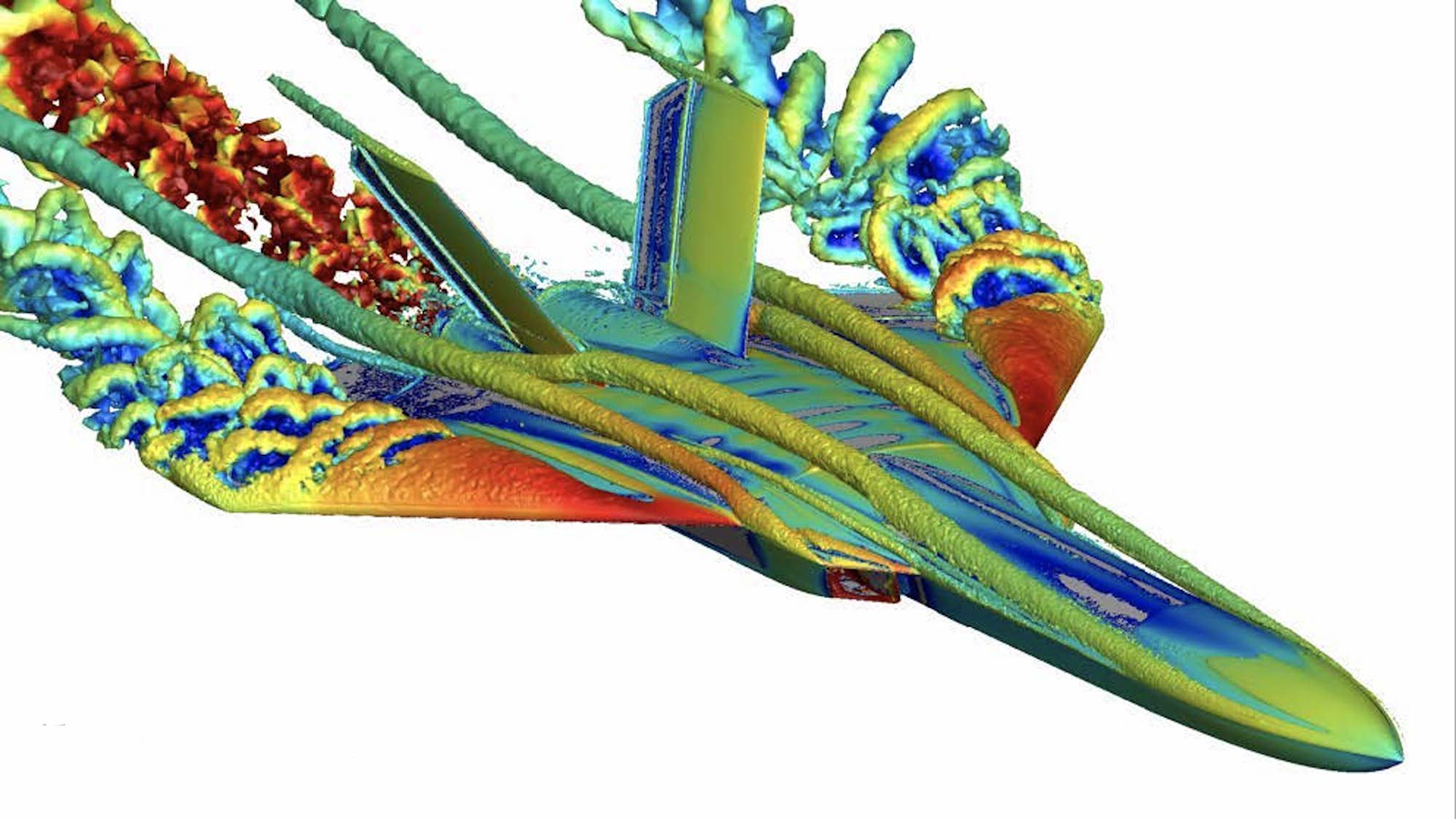Stay Up to Date
Submit your email address to receive the latest industry and Aerospace America news.
The Meshing, Visualization and Computational Environments Technical Committee explores the application of computer science to pre-processing, post-processing and infrastructure in support of computational simulation in the aerospace community.
A number of new resources and capabilities were implemented and released this year across the meshing, visualization and computational environments community.
The version of Fidelity Pointwise released in January by Cadence Design Systems of California includes the ability to generate mixed-order elevated meshes for multiple computer-aided engineering formats. In May, the massively parallel polyhedral mesher Stitch was released as part of Fidelity CharLES by Cadence. Stitch uses a Voronoi diagram-based approach to generate cells with high regularity while being body fitted to complex geometries. This meshing approach also removes convexity constraints on cells near the boundary allowing length scales of the near-wall cells to be distinct from those of the underlying geometry. This enables the generation of coarse meshes for complex geometries without defeaturing the underlying computer-aided design representation.
A scheme developed this year at NASA’s Ames Research Center in California enables automation of structured overset surface mesh generation, a process that typically requires extensive user expertise and effort. Decomposition of the surface domain is accomplished by the creation of face, edge and node meshes following the boundary representation topology of the geometry. This approach typically results in a much more fractured near-body grid system created in a few hours or less, compared to manually generated meshes that routinely take days or weeks. Testing of the new technique on multiple configurations, including the Lift+Cruise vertical lift concept vehicle, demonstrated that integrated aerodynamic loads, convergence rates, computational resources and efficiency are all comparable between manually generated grid systems and those created with the new technique.
The version of Tecplot 360, the visualization tool from Tecplot Inc. of Washington, released in August, includes a technique for visualizing isosurfaces and streamlines in high-order element solutions with reduced memory usage. The technique recursively subdivides high-order elements into smaller linear sub-elements in which the isosurface can be extracted using standard marching techniques. Memory usage is minimized by discarding unneeded sub- elements. Performance improvements approaching factors of up to 660 have been realized by computing the interpolation weights once at startup.
The U.S. Department of Defense High Performance Computing Modernization Program continued to expand and maintain an extensive array of supercomputers, high-speed and secure networking, and software development supporting the science and technology and test and evaluation communities within the military services. With the program on track to almost double compute resources available to the community in the coming year, two notable events occurred: The Nautilus supercomputer, containing over 176,000 AMD Milan processors, entered allocated service in August at the Navy DOD Supercomputing Resource Center at NASA’s Stennis Space Center in Mississippi.
Also this year, the massive Carpenter computer containing over 277,000 AMD Genoa processors was delivered in July to the U.S. Army’s Engineer Research and Development Center in Vicksburg, Mississippi. The computer is named for Medal of Honor recipient William “Kyle” Carpenter, a medically retired Marine Corps corporal wounded in Afghanistan.
By midyear, the transition of over 200 sites to the fourth-generation Defense Research and Engineering Network was completed, providing a 20-time increase in minimum bandwidth over the previous generation.
The Computational Research and Engineering Acquisition Tools and Environments program released new versions of all products in its suite of simulation tools supporting air, land and sea vehicle acquisitions. In particular, the CREATE Air Vehicles project released v12.3 of Helios, v12.7 of Kestrel and v3.0 of ADAPT, the rotary-wing simulation, fixed-wing simulation and conceptual design and optimization tools, respectively. The latest version of the CREATE Meshing and Geometry tool, Capstone v12.3, was also released in September, which adds an enhanced feature-based modeling capability.
Contributors: William Chan, Scott Imlay and Carolyn Woeber
Stay Up to Date
Submit your email address to receive the latest industry and Aerospace America news.




